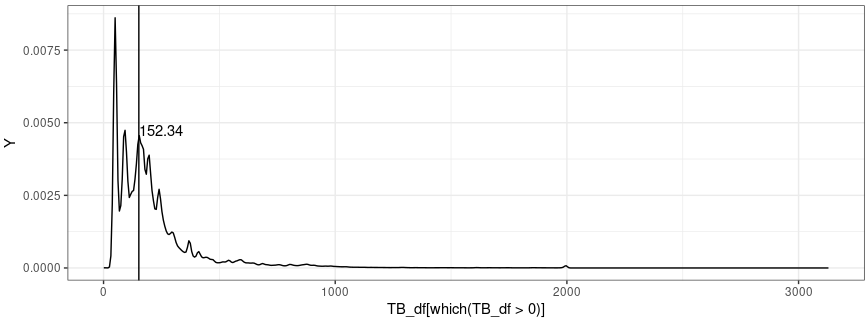String DB
String Database
Download Specious Network
Link to downloading the networks
An example of download files:
- Link file:
7227.protein.physical.links.full.v11.5.txt - Protein annotation:
7227.protein.info.v11.5.txt.gz
|
[1] 4343798 10 'data.frame': 4343798 obs. of 10 variables: $ protein1 : chr "7227.FBpp0070001" "7227.FBpp0070001" "7227.FBpp0070001" "7227.FBpp0070001" ... $ protein2 : chr "7227.FBpp0293850" "7227.FBpp0087873" "7227.FBpp0079990" "7227.FBpp0080090" ... $ neighborhood : int 0 0 0 0 0 0 0 0 0 0 ... $ fusion : int 0 0 0 0 0 0 0 0 0 0 ... $ cooccurence : int 0 0 0 0 0 0 0 0 0 0 ... $ coexpression : int 151 153 167 298 446 371 242 371 373 238 ... $ experimental : int 0 0 0 0 0 0 0 0 0 0 ... $ database : int 0 0 0 0 0 0 0 0 0 0 ... $ textmining : int 0 0 0 0 0 0 0 0 0 0 ... $ combined_score: int 150 152 167 298 446 371 241 371 373 237 ...
- Protein 1: Start protein
- Protein 2: Connections from Protein 1 to protein 2
- neighborhood: Physical neighborhood on the Genome
- fusion: raw fusion score for COG mode (deprecated).
- cooccurence: raw cooccurence score for COG mode (deprecated).
- coexpression: expression patterns in a group of RNA-Seq are similar
- experimental: experimental score (derived from experimental data, such as, affinity chromatography).
- database: database score (derived from curated data of various databases).
- textmining: textmining score (derived from co-occurring mentioning of gene/protein names in abstracts).
- combined_score: scores in total
From:
How do I select a reasonable score cut-off value for my analysis?
You can use the score cut-off to limit the number of interactions to those that have higher confidence and are more likely to be true positives. Setting the cutoff lower will increase coverage but also a fraction of false positives. You have to choose some arbitrary number based on the number of interactions you need for your analysis.
What is co-occurrence
A type of phylogenetic profile – the patterns of the presence or absence of orthologs across many organisms© Pan-Jun Kim, 2011
Example in R
|
 |
|---|









